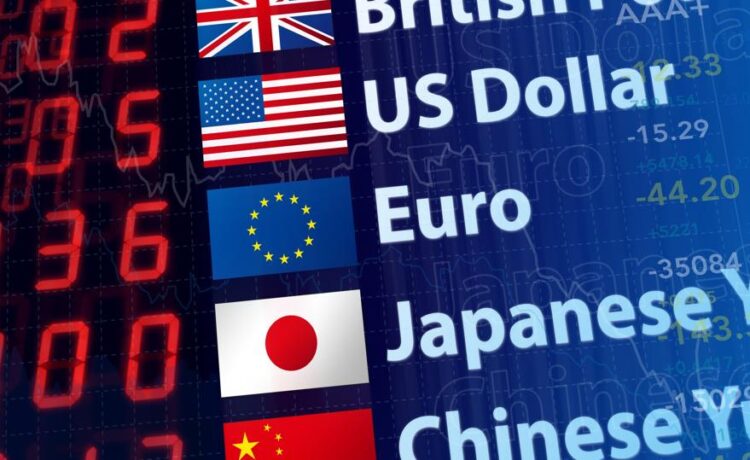Editorial Note: We earn a commission from partner links on Forbes Advisor. Commissions do not affect our editors’ opinions or evaluations.
Whether you want foreign currencies as part of your personal investment portfolio or for international business purposes, it’s important to be aware of how currency fluctuations can impact the value of your holdings. Understanding the investment risks can help you identify and enact strategies to protect yourself from steep losses.
What Is Foreign Currency Risk?
Foreign currency risk is the chance of incurring a loss when one currency is exchanged for another; as one or both currencies fluctuate, the value of your investment could decline.
For example, say you’re an investor in the U.S. who buys Japanese yen as a currency investment. If the yen appreciates in value relative to the U.S. dollar, your investment is worth more in dollars. However, if the yen depreciates versus the dollar, your holdings are worth fewer dollars, so if you’re heavily invested in yen, you’ll likely take a loss.
The U.S. dollar tends to be a strong currency globally, meaning it holds its value comparatively well. The value of a currency is largely based on its country’s economy and potential for growth.
3 Ways to Protect Against Foreign Currency Risk
There’s no guaranteed win with any investment involving currencies, just as with stocks and bonds. But there are ways to hedge against foreign currency risk.
1. Diversify Your Investments in Countries with Strong Currencies
One way to reduce your risk in a single currency is to invest in multiple currencies, selecting countries where the economy shows indications of growth. This way, you are spreading the risk. Traders, brokers, banks and multinational corporations trade currencies 24/7 on the foreign exchange market, or forex, which typically has low transaction fees.
2. Hedge Currency Risk with Exchange-Traded Funds
Another way to mitigate your foreign currency risk is by investing in an exchange-traded fund, one that buys mostly foreign stocks and currencies from one or a few countries and then hedges the risk on your behalf.
Currency-hedged ETFs have investments in foreign stocks and bonds that are backed by contracts that lock in a predetermined future exchange rate. This helps reduce their exposure, and yours, to price fluctuations in a currency exchange.
However, the contracts have an expiration date—typically every month—and must be renewed by the portfolio manager. So some level of risk remains, related to correctly timing the market and predicting future exchange rates.
3. Invest in Companies That Operate in Other Countries
A number of large corporations in the U.S., such as Johnson & Johnson, Netflix and PepsiCo, do much of their business in foreign countries. If the value of currencies in those countries rises relative to the U.S. dollar, those companies’ overseas earnings effectively increase when converted to dollars.
You can also invest in these companies through an S&P 500-based index fund.
While investing in multinational companies might be less risky than betting on a single currency, you’ll still be exposed to foreign currency fluctuations.
Money Transfer Partners
Bottom Line
Whether you invest in currencies yourself, or decide to bet on a fund or multinational corporation to do it for you, it’s critical to do your own research first.
Understand where you want to invest and what you’re investing in. This includes knowing the economic situation of the country whose currency you’re considering. Being informed will help you avoid a major loss that could result from economic, political and financial events in that region.
Best Online Brokers 2024
Choosing the right online broker is one of the most challenging decisions you’ll make as an investor. We spent six months testing 21 of the leading online brokers to identify the best of the best.


















